RSS
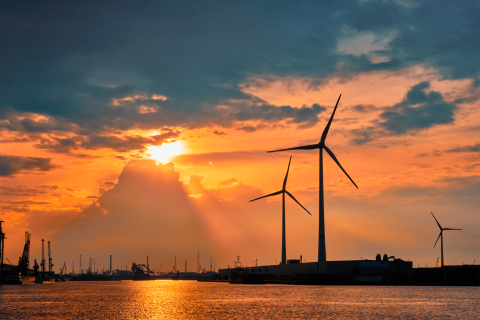
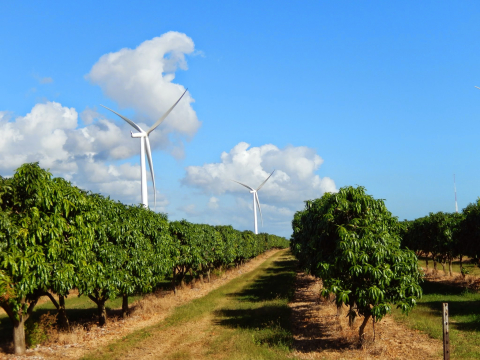
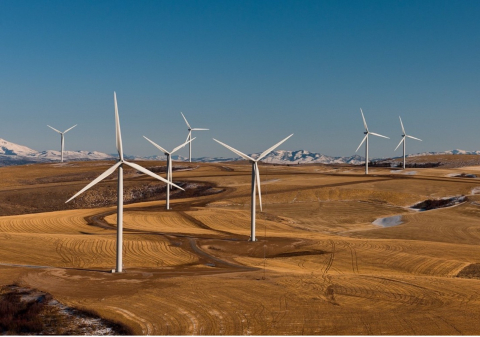
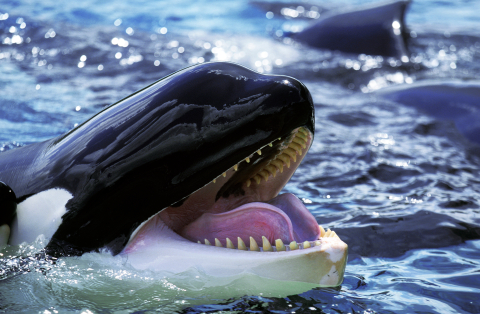
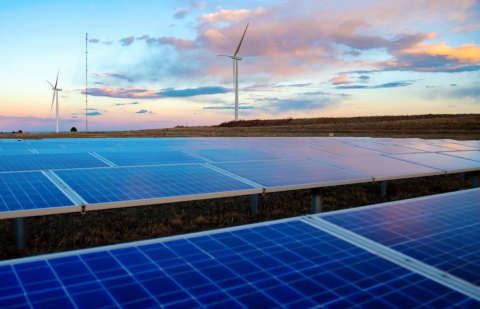
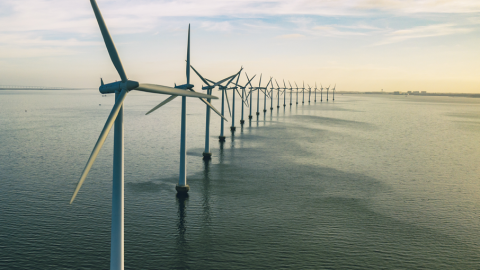
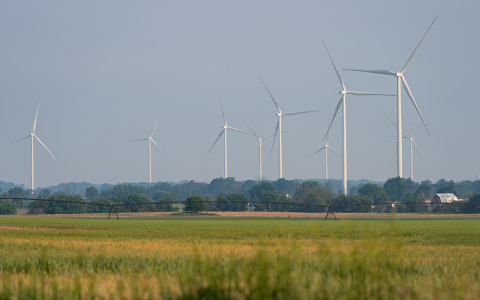
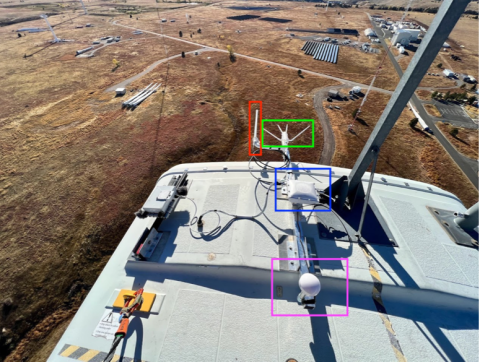
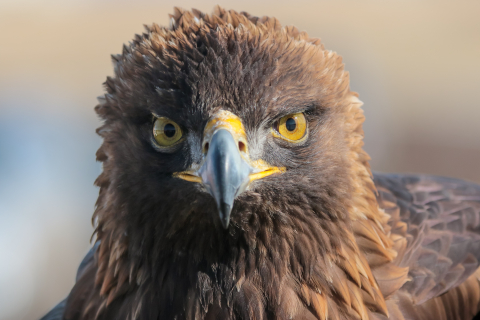
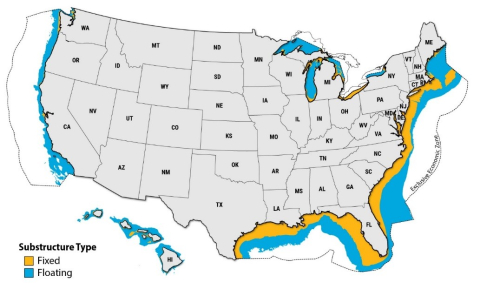
Below are stories about siting featured by the U.S. Department of Energy (DOE) Wind Energy Technologies Office.
Subscribe to the WETO E-Newsletter
Subscribe to the WETO e-newsletter to stay informed on the latest wind energy news, events, publications, and updates.

DOE is requesting information on challenges and opportunities relating to the co-existence of wind energy and radar.

The Renewable Energy Potential model can help identify optimal regions for wind plants based on factors like wind resources, land use, topography, and community preferences. It has revealed pathways to Puerto Rico’s renewable energy goals.

In 2023, the Wind Turbine Radar Interference Mitigation Working Group released an updated strategy to address wind turbines’ interference with critical radar missions, ensuring the long-term resilience of radar operations in the presence of wind turbines.

A multiyear project advanced understanding of environmental effects, identified existing information gaps, and described future environmental research efforts needed to responsibly develop offshore wind energy projects in U.S. waters.

Applications can now be submitted for a $10 million funding and technical assistance program to expand state and local government capacity to support the planning, siting, and permitting of large-scale renewable energy projects on private land.

The U.S. Committee on the Marine Transportation System has published and invites public comment on draft guidance on Responding to Munitions and Explosives of Concern in U.S. Federal Water.

In this new article, learn about the types of zoning ordinances in effect and how they could change the amount of available land over time.

With funding from the Wind Energy Technologies Office, Oregon State University is developing a wildlife detection platform for land-based and offshore wind turbines.

For more than 30 years, research funded by the Wind Energy Technologies Office has addressed wind energy’s effects on wildlife and the environment.

The Pacific Northwest National Laboratory reviewed studies that focused on the technical evaluation of offshore wind energy transmission through potential points of interconnection along the coastlines of California, Oregon, and Washington.

